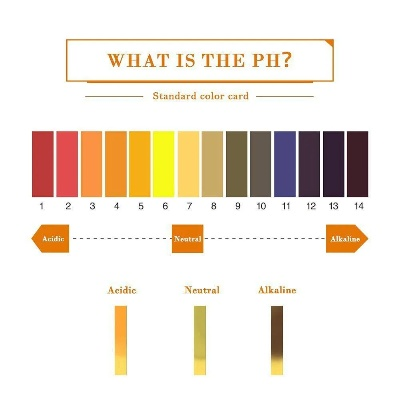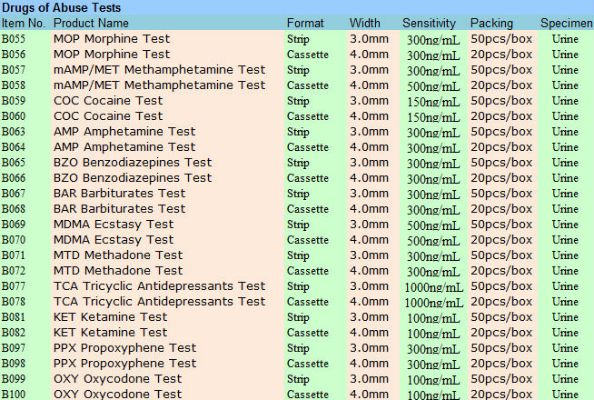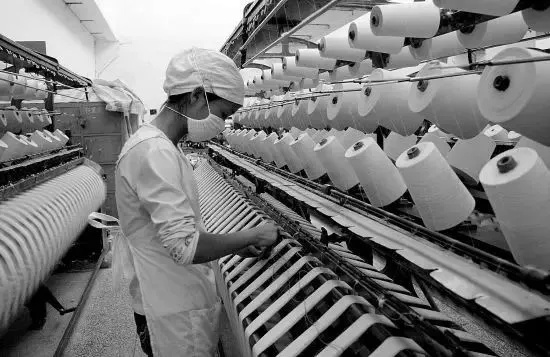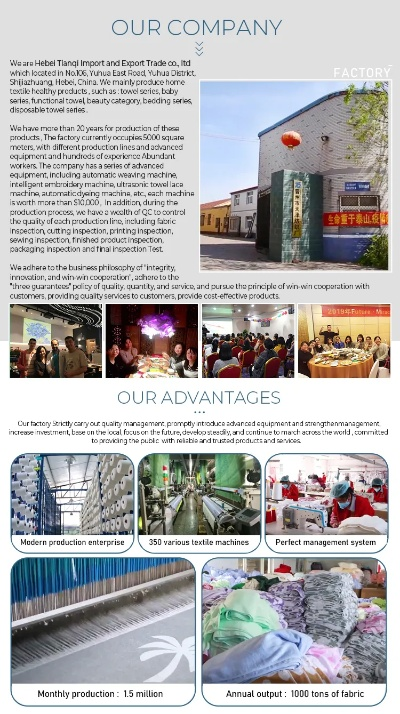Understanding and Complying with Textile Fabric pH Test Standards
This paper discusses the importance of understanding and complying with textile fabric pH test standards. The standard is a crucial factor in determining the quality and safety of textile products, as it helps to ensure that they meet the needs of consumers and protect their health. The standard requires textiles to be tested for pH levels, which are measured using a pH meter. The results of the test are then used to determine whether the textile meets the required pH level. If the textile does not meet the required pH level, it may need to be reprocessed or replaced. It is important for manufacturers to understand and comply with these standards to ensure that their products meet consumer expectations and protect their health.
Introduction Textile fabrics are an essential part of our daily lives, from clothing to furnishings. They play a crucial role in protecting us from harmful chemicals and pollutants. However, textiles can contain various chemicals that can affect the pH balance of the environment. Therefore, it is important to understand and comply with textile fabric pH test standards to ensure the safety of our health and the environment.

Textile Fabric pH Test Standards Textile fabric pH test standards are designed to measure the acidity or alkalinity of textile fabrics. These standards are based on pH scale values ranging from 0 to 14, where 7 is neutral and below 7 is acidic, and above 7 is alkaline. The pH value is determined by measuring the concentration of hydrogen ions (H+) in a solution.
The pH test standard for textile fabrics is primarily used to identify any chemical contamination in the fabrics. Chemicals such as dyes, pigments, and other additives can have an impact on the pH value of the fabric. For example, some dyes may be acidic, while others may be alkaline. If the pH value of the fabric exceeds the standard range, it may indicate the presence of harmful chemicals.
Compliance with Textile Fabric pH Test Standards To comply with textile fabric pH test standards, it is important to follow specific procedures and guidelines. Here are some key steps:
-
Choose a suitable testing method: There are several methods available for determining the pH value of textile fabrics, including direct measurement, indirect measurement, and titration. Each method has its own advantages and disadvantages, so it is important to choose the method that best suits the purpose of the test.
-
Collect samples: It is important to collect samples from different areas of the fabric to ensure a representative sample. This will help to avoid any bias in the test results.
-
Analyze the samples: Once the samples have been collected, they must be analyzed using the appropriate testing method. The analysis should be conducted by trained personnel who are familiar with the testing procedures.
-
Report the results: The results of the pH test should be reported in a clear and concise manner. The report should include the name of the fabric, the location of the sample, and the pH value of the sample.
-
Follow up actions: If the pH value of the fabric exceeds the standard range, it is important to take corrective action. This may involve removing the fabric from use, replacing it with a safer alternative, or taking other measures to reduce the risk of exposure to harmful chemicals.
Case Study: A Suspected Acidic Fabric In 2019, a company was accused of selling fabrics that were suspected of being acidic. The company had tested the fabrics using a standard pH test method and found that the pH value was within the acceptable range. However, after receiving complaints from customers, the company decided to conduct further testing to determine if there was any underlying issue.
The company hired a third-party testing laboratory to analyze the fabric samples. The laboratory used a specialized method to determine the pH value of the fabrics more accurately. The results showed that the fabrics were indeed acidic, which could potentially cause skin irritation and respiratory problems.
The company took immediate action and replaced all the suspected acidic fabrics with non-toxic alternatives. They also issued a public apology to customers who had experienced negative reactions due to the use of the suspect fabrics.
Conclusion Understanding and complying with textile fabric pH test standards is essential for ensuring the safety of consumers and the environment. By following proper procedures and guidelines, businesses can identify and address any potential issues with their fabrics. In this case study, the company's prompt action and transparency helped to prevent further harm to customers and maintain their reputation.
随着人们对纺织品品质要求的不断提高,纺织品布面的PH测试标准越来越受到重视,PH测试是衡量纺织品在使用过程中对环境因素变化的适应性及其对健康的影响的重要指标,本篇文章将详细介绍纺织品布面PH测试的标准,并通过案例分析来说明其实际应用。
纺织品布面PH测试标准概述
测试目的

PH测试的主要目的是评估纺织品在特定环境条件下对酸碱度变化的适应性,以及其在不同使用场景下对健康影响的耐久性。
测试方法与参数
(1)测试方法:采用专业的PH试纸或PH计进行测试,根据纺织品在不同酸碱度条件下的颜色变化来判断其PH值。 (2)测试参数:一般包括纺织品样品采集、样品处理、PH试纸或PH计使用、数据分析等步骤。
常见标准
根据国际纺织行业协会和国家标准,纺织品布面PH测试的标准通常包括以下内容:
(表格一)
| 标准编号 | PH值范围 | 适用范围 |
|---|---|---|
| GB/T 39669-2020 | ≤7.5 | 适用于各种纺织品 |
| EN 13794-1:2020 | ≤9.5 | 适用于各种纺织品,特别是户外用品 |
案例分析
某品牌纺织品PH测试案例
某品牌近期推出的一款新型户外运动面料,其PH测试结果符合行业标准,该面料在户外使用环境下表现出色,颜色稳定,不易受到环境因素影响,通过PH测试,消费者可以了解到该面料在特定使用场景下的健康性能。
纺织品PH测试的实际应用案例
在实际应用中,纺织品PH测试的应用场景广泛,某些特殊材质的纺织品在生产过程中需要进行严格的PH控制,以确保其在使用过程中不会受到环境因素的破坏;纺织品在包装、家居装饰等领域也有广泛应用,其PH测试结果直接关系到产品的使用性能和安全性。
补充说明(使用英文表格)
(表格二)
| 项目 | |
|---|---|
| PH试纸或PH计使用步骤 | 步骤1:采集样品;步骤2:处理样品;步骤3:使用试纸或计进行测试;步骤4:分析数据 |
| 测试参数说明 | PH值范围、采样时间、环境条件等 |
| 标准适用范围 | 根据国际纺织行业协会和国家标准确定 |
| 相关行业标准示例 | 如GB/T 39669-2020等 |
| 应用场景示例 | 户外运动面料、特殊材质纺织品生产过程、纺织品包装、家居装饰等领域 |
纺织品布面PH测试标准是衡量纺织品品质的重要指标之一,通过专业的PH测试,可以了解纺织品在不同环境条件下的适应性及其对健康的影响,在实际应用中,纺织品PH测试标准的应用范围广泛,不仅可以用于评估纺织品的品质,还可以为产品的研发、生产、销售等环节提供重要参考依据。
Articles related to the knowledge points of this article:
Shanghai Textile Expo:A Visual Introduction
Top Ten Recommendations for Quality Textiles in Shanghai



